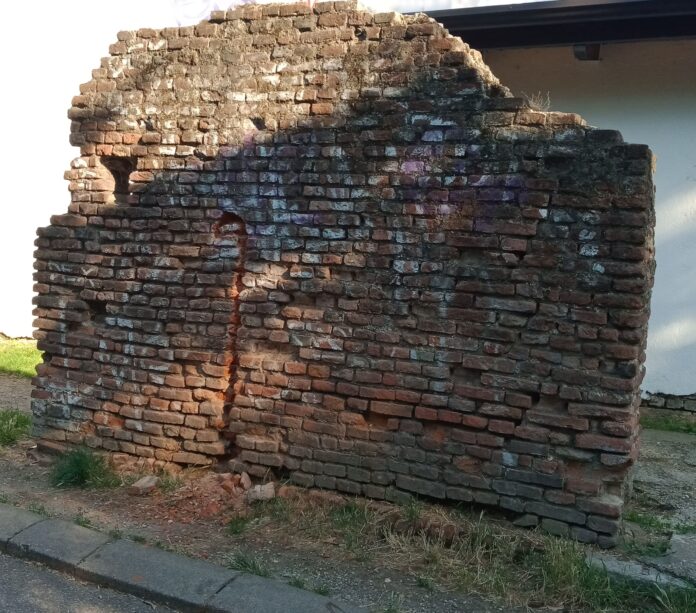Traduzione di Alberto Rabachin per conto di Stradivarius
Manuel Teles saxophonist, “Lisboa – Milano”
Listening guide, an awkward title for an amateur, an amateur like myself, a communications operator with an elective language completely different, if not opposite, to that adopted by the composers chosen by Manuel Teles to give us some of his interpretations. But in art there are no boundaries, just as there are none in the human cranial box: the neurons of the eye may be located at a distance from those of the ear, but they maintain with the latter millions of essential connections. These are what convinced an image-maker such as I consider myself to be.
But I would like to say that I am also an impassioned listener and, above all, a convinced believer that the specificity of the elective language is nonetheless nourished at three hundred and sixty degrees, that is, through all the organs of contact with the world donated by Domeneddio to exist and, principally, to communicate.
The Music of the pieces chosen by M. Teles in this CD is all from our own days, although some of the composers may very well be his fathers or even, like me, his grandfathers. And here I would like to make a pitch for classicism: registry in art does not interest me: I listen to L’arte della Fuga exactly like the latest composition written by the not-yet 40-year-old Vincenzo Parisi (E gridare…). Let us please reshape the very contemporary myth of the contemporary: the contemporary has as its not final task the duty to help us today to listen to Bach or Monteverdi through all the great artists – including visuals[1], I underline – that have worked after them. Nothing less. But let’s be more specific.
For example, I listened to Tracce‘s performance not too many years ago and then Teles’ performance and I got confirmation of the great responsibility that performers have to a composer, of their freedom to maneuver in performing the same piece of music. Specifically, I found the former overly concerned with the contemporary nature of the composition, I mean, to render the young Francesconi’s unquestioned penchant for Jazz, while in the latter this love recedes, to accommodate instead the sensibility introduced powerfully by Berio and present then in all this composer’s later compositions.
So, what is contemporary for an amateur if not a new, more expanded, more learned way of listening to a piece? We don’t care about the registry, we are simply interested in the construction, ambiguous, always discussed, always renewable and open, of what aspires to become classicism. Viktor Schlowski said[2] that the cathedral of art is built with the stones of artistic heresies. True, but I emphasize in his aphorism the word “cathedral”.
I am honoured that Teles has invited me to introduce some of his bravura pieces on the saxophone, and I don’t know if I am up to the task of listening to him: I noticed the presence of a reed able to switch suddenly, in Bochmann’s composition (Essay XIII), from soft, atmospheric tones to those “shouted” by a powerful breath and an extremely cultured use of the instrument, when, as I said before, he has to interpret the early Francesconi (Tracce is almost forty years old) in the light of his later compositions.
To return to the concept of listening culture, the era is clearly present in the composition of the Portuguese Bochmann (born 1950) because the climate of the Salazarian dictatorship has left its clear imprint in the gloom of the first part of the piece, a gloom that gradually melts away in the second part: art, we know, is above all catharsis, if not, what’s the point? The piece by Oliveira, nine years younger than his Portuguese colleague, even seems to have been composed before the tragedy of the last World War and engages the performer in a virtuosity of pianissimi, precisely keeping the spirit of Fado, but rich in nuances that we cannot find in folk singing.
It would be silly to try to replace with words what the music expresses directly with the timbre generated by the brass of the instrument, for example, his way of producing the pizzicato of the strings with sudden stacchi, etc., present especially, but not only, in Parisi’s piece (E gridare …) and in Sciarrino’s. It is not for everyone to go from the intemperance of the first one, so current and postmodern, to the obvious influence of Berio in Francesconi’s music, both in Tracce and Notturno. The long practice required to render the full potential of an instrument is evident.
We can fully appreciate the range of nuances possible, from the sharp blow to the very subtle whispered breath in the metal tube, especially in the interpretation of the piece by the last of the composers mentioned (L’orologio di Bergson, by Salvatore Sciarrino): we can understand the influence of his homeland – Sicilia – and the impact of the Baroque music in his very light compositions. It’s precisely this last piece that justifies Teles’ invitation to me to write this introduction to his CD: if L’orologio di Bergson is not a descriptive and very visual piece, I retreat myself in good order! But even in the music of the two Portuguese represented on the CD the local environment is evident, at least it is in the performer’s interpretation. It’s almost superfluous to recall what Portuguese most important modern author has lived. To substantiate my initial point, I emphasize that this is a writer[3]: the human brainbox within it has no boundaries.
[1] I should remember that Cage and Scodanibbio are authors, among many, of splendid D’après from Monteverdi’s Madrigali
[2] La mossa del cavallo, 1923
[3] Fernando Pessoa
Italian version: Una guida all’ascolto: Manuel Teles al sax








